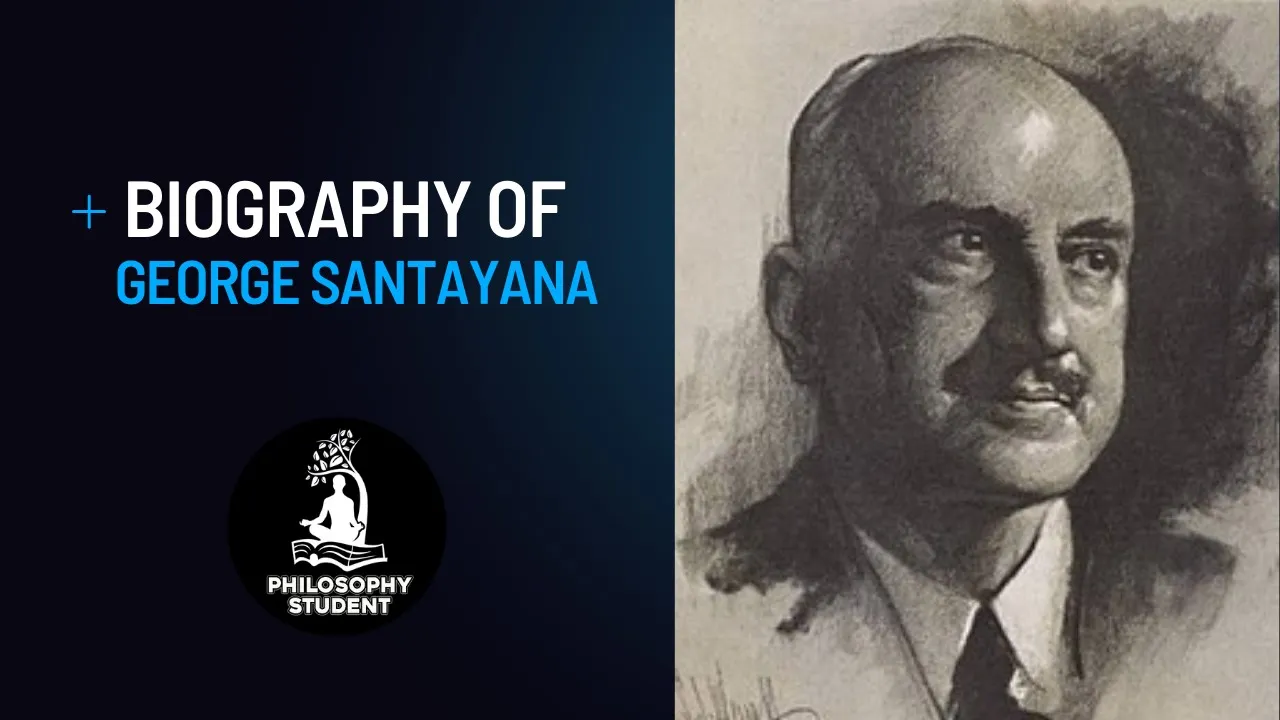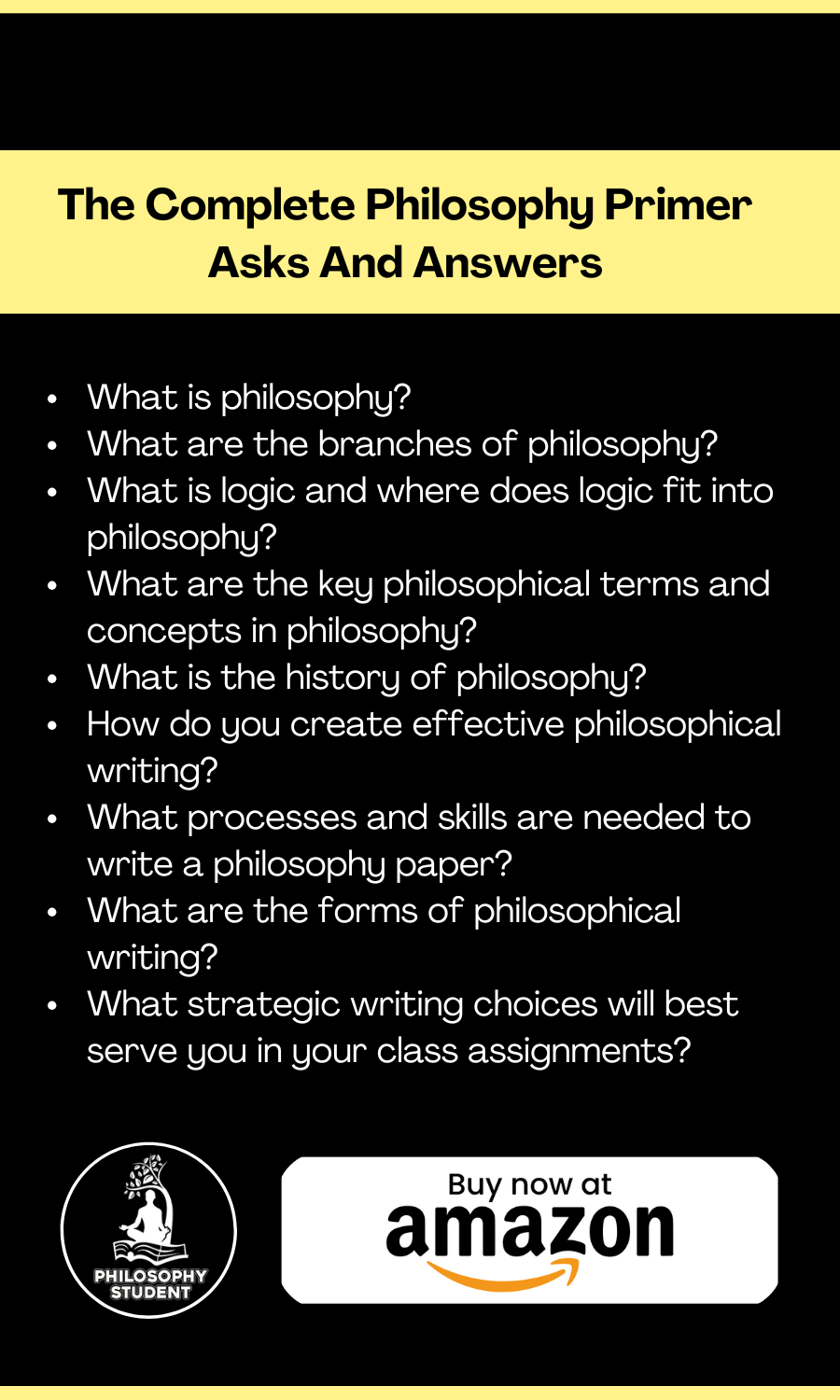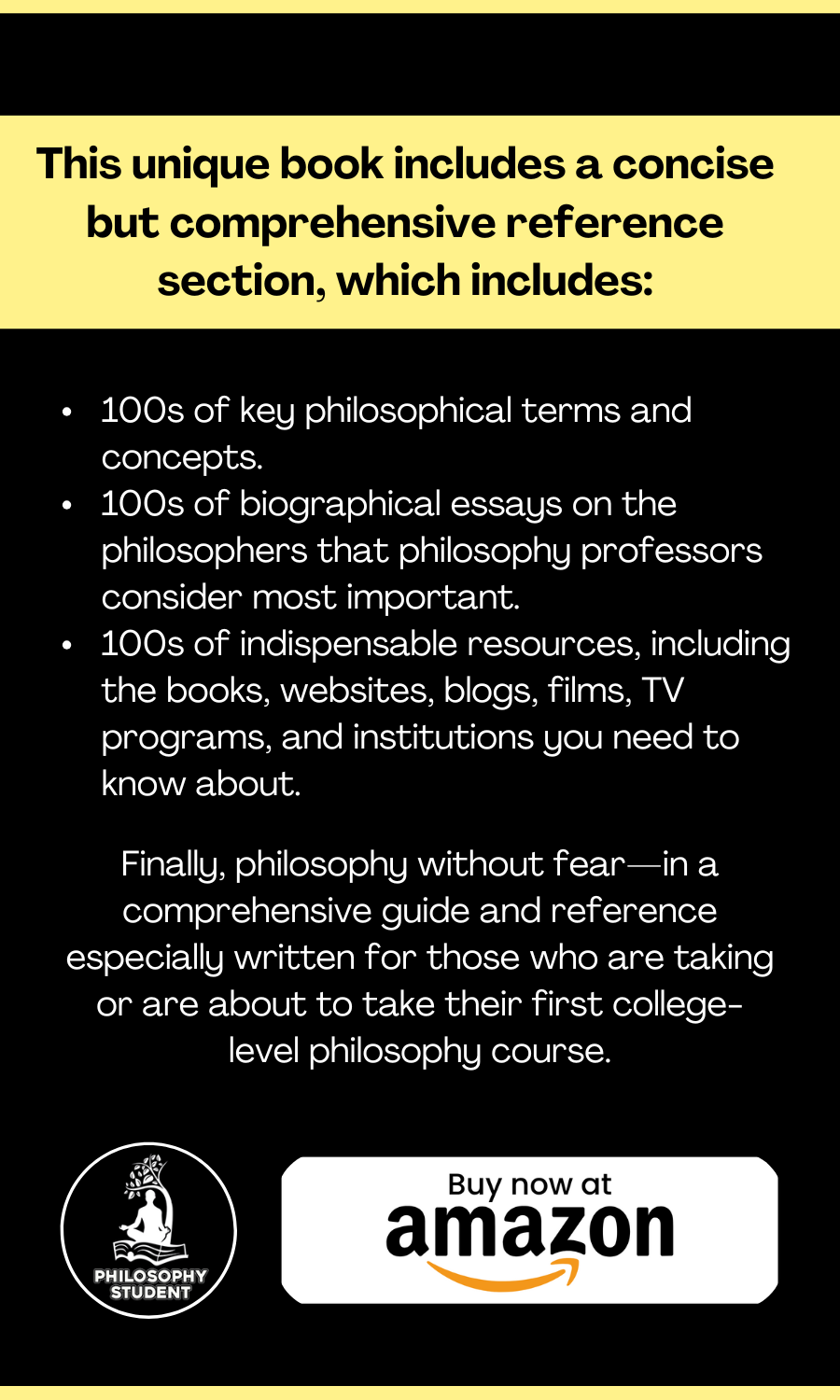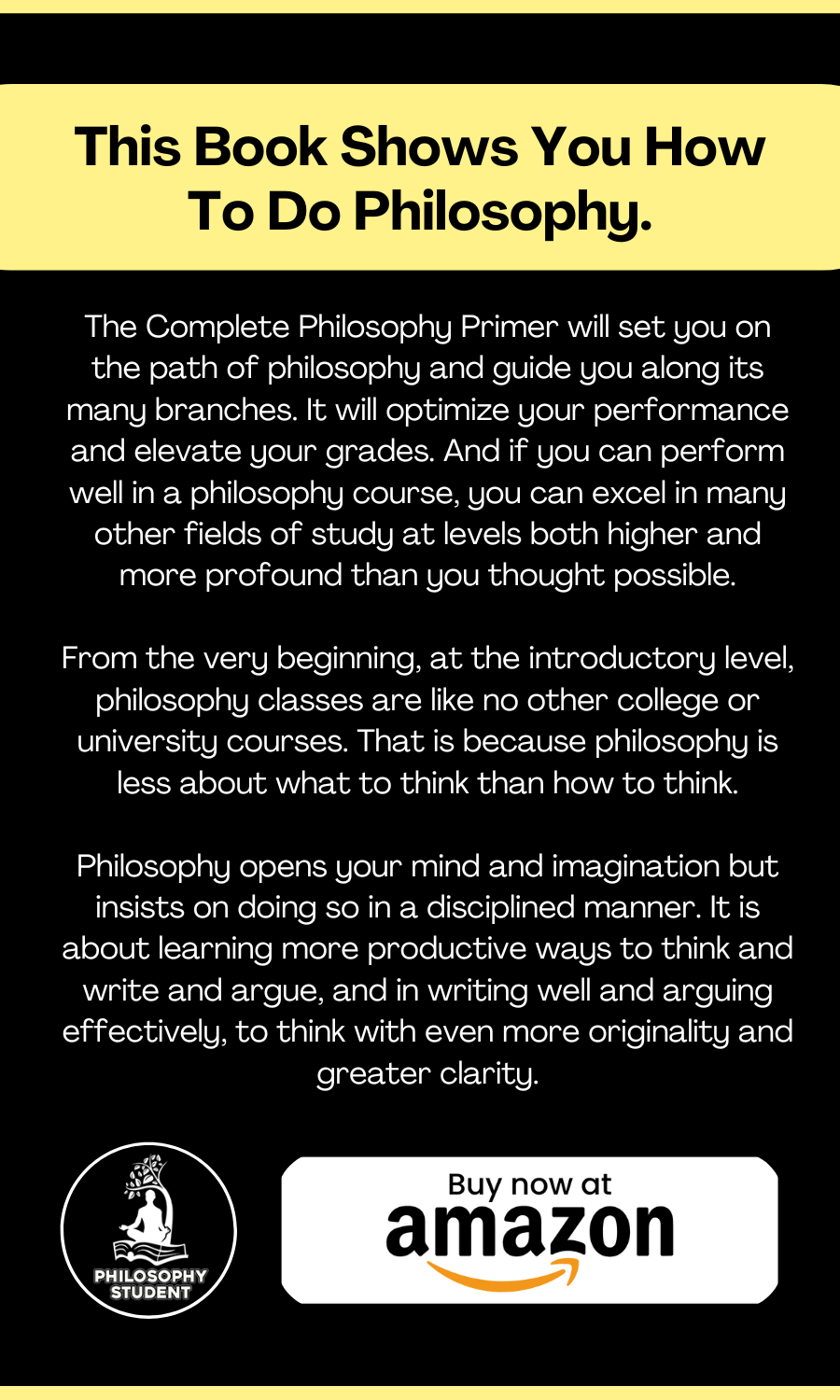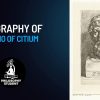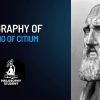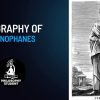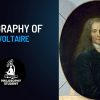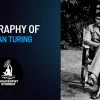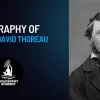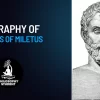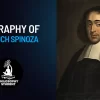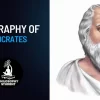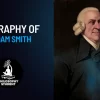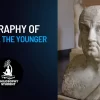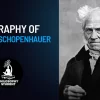Santayana may be best remembered as a revisionist American literary historian and critic, but he was also a major figure in American philosophy. The Sense of Beauty (1896), his debut book, is considered the first important philosophical work on aesthetics written in the United States. In it, he argues that beauty is essentially a human sensual experience, and while this viewpoint has been influential on the field of aesthetics, Santayana himself subsequently rejected it.
Of far greater importance is The Life of Reason, which was published in five volumes during 1905–1906 and is devoted to the application of reason to moral philosophy. Santayana did not publish another major philosophical work until Skepticism and Animal Faith in 1923. This functioned as a sort of prolegomenon to his most original work, The Realms of Being, consisting of four volumes published between 1927 and 1940. The work is a major foray into ontology, which Santayana divides into four realms—essence, matter, truth, and spirit —corresponding to his four volumes.
The Realms of Being confirms Santayana’s skepticism. He held that knowledge is faith in the unknowable and that, ultimately, matter is the only reality. He was raised a Catholic, but by adulthood, became an atheist and came to believe that religion was essentially the product of imagination.
Santayana left the United States in 1912 and lived in France, Spain, and England until the end of World War I, when he settled in Rome. During World War II, he took refuge in a Roman convent and continued to live there until his death on September 26, 1952. Beyond his philosophical works, Santayana produced distinguished literary writing, including a novel, The Last Puritan (1935); a play, Lucifer (1899); and a three-volume autobiography, Persons and Places (1944), The Middle Span (1945), and My Host the World (published posthumously in 1953). He wrote poetry—Sonnets and Other Verses (1894) and A Hermit of Carmel and Other Poems (1901)—and works of literary and social criticism. The latter includes Three Philosophical Poets: Lucretius, Dante and Goethe (1910), Egotism in German Philosophy (1916; revised, 1940), and Character and Opinion in the United States (1920).

